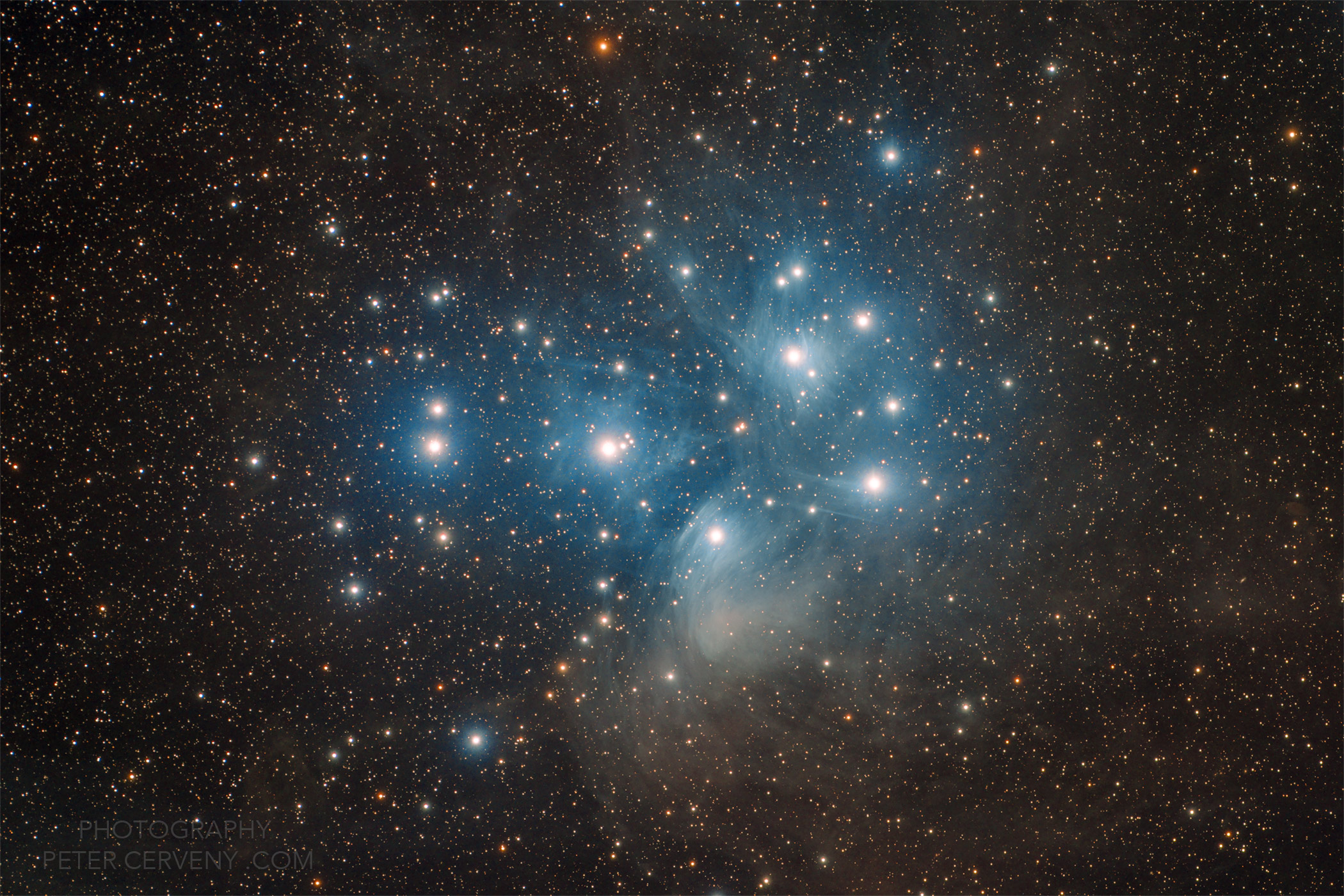Overview Grid
Nebulae Info
v Scroll menu for more v
- Caldwell 49 Rosette Nebula
- GUM 37 Southern Tadpole Nebula
- IC434/B33 Horsehead Nebula
- IC443 Jellyfish Nebula
- IC1396A Elephant's Trunk Nebula
- IC4592 Blue Horse Head Nebula
- IC4604 Rho Ophiuchi Nebula
- IC5070 Pelican Nebula Closeup
- Large Magellanic Cloud
- LDN43 The Cosmic Bat Nebula
- M1 Crab Nebula
- M8 Lagoon Nebula
- M16 Eagle Nebula
- M20 Trifid Nebula
- M27 Dumbbell Nebula
- M42 Orion Nebula
- M57 Ring Nebula
- M78 Reflection Nebula
- NGC1977 Running Man Nebula
- NGC2170 Reflection Nebula
- NGC2264 Christmas Tree Nebula
- NGC2359 Thor’s Helmet Nebula
- NGC3372 Eta Carina Nebula
- NGC3576 Statue of Liberty Nebula
- NGC5367 in CG12 Nebula
- NGC6188 Firebird Nebula
- NGC6334 Cat´s Paw Nebula
- NGC6559 Reflection Nebula
- NGC6820 Emission Nebula
- NGC6960 Western Veil Nebula
- NGC6992 Eastern Veil Nebula
- NGC7000 North America Nebula
- NGC7293 Helix Nebula
- NGC7380 Wizzard Nebula
- NGC7635 Bubble Nebula
- RCW85 Nebula
- Rho Ophiuchi cloud complex
- Sh2-136 Ghost Nebula
- Sh2-308 Dolphin Nebula
- Simeis147 Spaghetti Nebula
Galaxies Info
v Scroll menu for more v
- M31 Andromeda Galaxy
- M51 Whirlpool Galaxy
- M66 Galaxy
- M81 Bode's Galaxy
- M82 Cigar Galaxy
- NGC891 Silver Sliver Galaxy
- NGC1365 Fornax Propeller Galaxy
- NGC1566 Spanish Dancer Galaxy
- NGC3628 Hamburger Galaxy
- NGC4038/39 Antennae Galaxies
- NGC5078 Galaxy
- NGC5128 Centaurus A Galaxy
Clusters Info
v Scroll menu for more v
- Albireo Beta Cygni
- Hyades
- M13 Hercules Globular Cluster
- M45 Pleiades
- M37 Salt and Pepper Cluster
- M44 Open Cluster
- M103 Open Star Cluster
- NGC884/869 Double Cluster
- NGC2516 Diamond Cluster
- NGC3532 Wishing Well Cluster
- Noctilucent Clouds
- Perseid Meteor
Overview Grid
 M45 captured with QHY600M, Takahashi 3.6/360mm, RGB 5h 45min
M45 captured with QHY600M, Takahashi 3.6/360mm, RGB 5h 45min
 M45 captured with Sony A7Ra,ISO3200, Canon 2.8/300mm, 14x30s = 7min
M45 captured with Sony A7Ra,ISO3200, Canon 2.8/300mm, 14x30s = 7min
The North America Nebula (NGC 7000 or Caldwell 20) is an emission nebula in the constellation Cygnus, close to Deneb (the tail of the swan and its brightest star). The remarkable shape of the nebula resembles that of the continent of North America, complete with a prominent Gulf of Mexico.
The portion of the nebula resembling Mexico and Central America is known as the Cygnus Wall. This region exhibits the most concentrated star formation.
The North America Nebula and the nearby Pelican Nebula (IC 5070) are parts of the same interstellar cloud of ionized hydrogen (H II region). Between the Earth and the nebula complex lies a band of interstellar dust that absorbs the light of stars and nebulae behind it, and thereby determines the shape as we see it. The distance of the nebula complex is not precisely known, nor is the star responsible for ionizing the hydrogen so that it emits light. If the star inducing the ionization is Deneb, as some sources say, the nebula complex would be about 1,800 light-years distance, and its absolute size (6° apparent diameter on the sky) would be 100 light-years.
| Object | M45 - Pleiades incl. NGC1435/1432 Nebulae |
| Constellation: | Taurus |
| Position: | RA 3h 47m 24s DEC +24° 07′ 00″ |
| Apparent Size: | 110 arcmins |
| Apparent Magnitude: | +1.6 |
| Distance in light years: | 444 ly |
| Photo Data | |
| Date of Expose: | 30.10.2016, 20:50 UTC |
| Location: |
Knottenried/Oberallgäu/Germany (1002m ASL) GPS: 47°36’13“ N / 10°11’24“ E |
| Telescope: | Canon f/2.8 300mm L IS USM I |
| Camera: | Sony A7Ra (astromodified) @ T sensor = +6.5°C |
| Field of View: | 6.85° x 4.58° |
| Pixel Scale/Resolution: | 3.34 arcsec/px |
| Expose frames/times: | OSC ISO 3200, RAW 14x30s, 5 darks |
| Total expose: | 7 min 0s |
| Filter: | no |
| Mount: | HPS 10Micron GM 3000 |
| Software: | DSS 3.3.4, Photoshop CC |
| Remarks: |
© Photos and photo data by Peter Cerveny
© Object description/intro text fully or partially by Wikipedia,
which is released under the Creative Commons Attribution-ShareAlike 4.0 International License